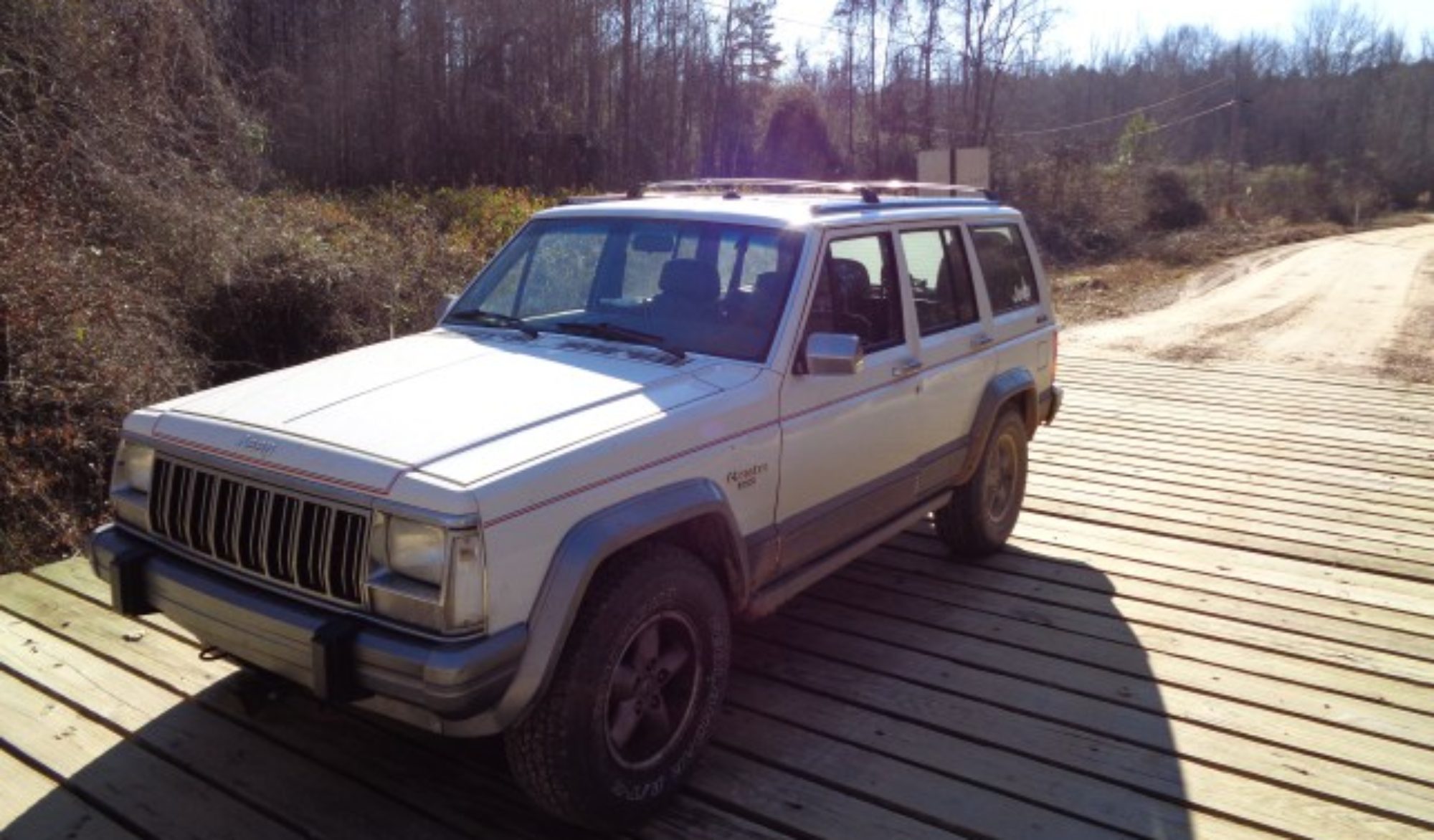Welding Safety
I grew up around a welding shop. My grandfather was a welder and so was my father. A lot of welding safety has just been second nature for me. However, I have recently picked up welding as a hobby myself and I have noticed that munch of the welding safety advice in the books is overly complicated.
So here are some simple tips for staying safe while enjoying making stuff with steel. This list is by no means exhaustive. I am sure there are many different ways you can get hurt while welding but these basic steps will keep you from the most common hazards.
The most obvious hazard of welding is the light from the arc. Not only is the arc flash hazardous to the operator but to those in the area. A welding hood is the common protection. The shade of the lens needs to be around a 10 so that the welder can see the weld puddle and still be protected from the light. I use a 9 on my MIG welder. Higher amperage arcs may need darker lenses.
The light contains a lot of UV radiation so skin protection is needed as well. The welding hood should cover the face and neck. UV resistant clothes need to be worn over the chest and arms. I have a small tanned V on my chest from forgetting to button the top button on my welding shirt. One last note on UV radiation – it is hard on cotton fabric. Be warned that your favorite pair of jeans can easily be reduced to shreds by UV radiation even if you avoid burning a hole in them.
The second most obvious hazard is the heat. Hot molten metal tends to fly out in all directions from the weld. Long leather gloves are the most common way to protect the hands and wrists. The parts will also be hot just after welding so the leather gloves help in handling the hot parts. Just remember that the heat will deteriorate the gloves over time so don’t handle hot parts more than necessary.
Foot protection is helpful as well. Cloth shoes and laces can catch fire due to molten metal falling on them. High top boots are recommended to keep hot blobs off your ankles.
Hot work also adds the danger of starting a fire. Fire protection needs to be considered for all welding and burning. See http://ezinearticles.com/?Hot-Work-Safety&id=5890147 for more info.
One less obvious hazard is handling compressed gas bottles on a MIG welder. While the gas is inert and non flammable, it still has a lot of stored energy that can be hazardous if the cylinder is dropped and the valve is damaged. If discharged in a confined space the Argon or CO2 can displace the oxygen in the air. So, make sure cylinders are properly secured in use and in transit. Make sure the cap is in place anytime the cylinder is moved.
Be aware of hazards that can be created during the welding process as well. When welding on a vessel like a drum or a tank, make sure the inside space has been purged of any flammable liquids or gases than could have been trapped inside. When welding on a vehicle, check the area near or behind the welding area. Ensure that fuel or brake lines will not be damaged by the heat.
One less common but very painful hazard occurs when welding zinc coated or galvanized metals. Know as metal poisoning, breathing the vaporized zinc will cause a severe headache. The old-time remedy is to drink milk on the theory that the calcium will displace the zinc in the body tissues. The condition can be prevented by having adequate ventilation when welding or by using respiratory protection.
Welding provides a great escape for the worries of the day, as it required total focus for me to make and maintain a quality bead. Following basic safety precautions will ensure that welding is done safely and enjoyably.




